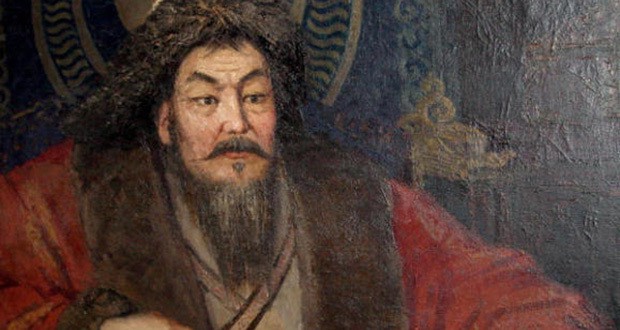
ADVERTISEMENT - CONTINUE READING BELOW
14. Khesig were the bodyguards of Genghis Khan, an elite unit of warriors who worked in shifts to protect the legendary warlord
Genghis Khan has gone down in history as one of the most fearsome warlords who ever lived. He was ruthless on the battlefield, as well as off it, crushing his enemies and establishing a huge empire. But that doesn’t mean he didn’t need protection. After all, his own father was murdered by poison. To keep him safe from would-be assassins, Genghis Khan established an elite unit of trusty soldiers. Known as the Khesig, their duty was to protect their leader from any threat, both on the field of battle as well as behind the walls of his own home.
It’s believed that the Khesig was established in the year 1203. At first, the unit is likely to have been made up of no more than 150 men, though this grew over the years. Almost to a man, the royal bodyguards were Mongols or Turks, men Genghis believed he could trust with his life. The Khesig were then divided into two sub-units, namely the Torguud, or the day guard, and the Khevtuul, who kept watch during the night. While their exact duties varied, they would always stay close to their leader at all time, both while he was sleeping in his yurt or if he was taking part in a military campaign. However, they would only join the rest of the Mongol Army in battle if the Khan was fighting himself. If not, they would stay behind and keep guard.
Understandably, the Khesig were seen as the elite of the Mongol military. Competition for places in the unit was high, meaning the Khan could choose from the fittest and the best fighters. In return for their loyalty, the men of the Khesig were rewarded with high pay and an elevated status in society. What’s more, as the unit became bigger during the reigns of Genghis Khan’s successors, the bodyguards would sometimes only have to work for three days a week. Perhaps that’s why the word ‘khesig’ became to mean ‘blessing’ in the Mongolian language.

